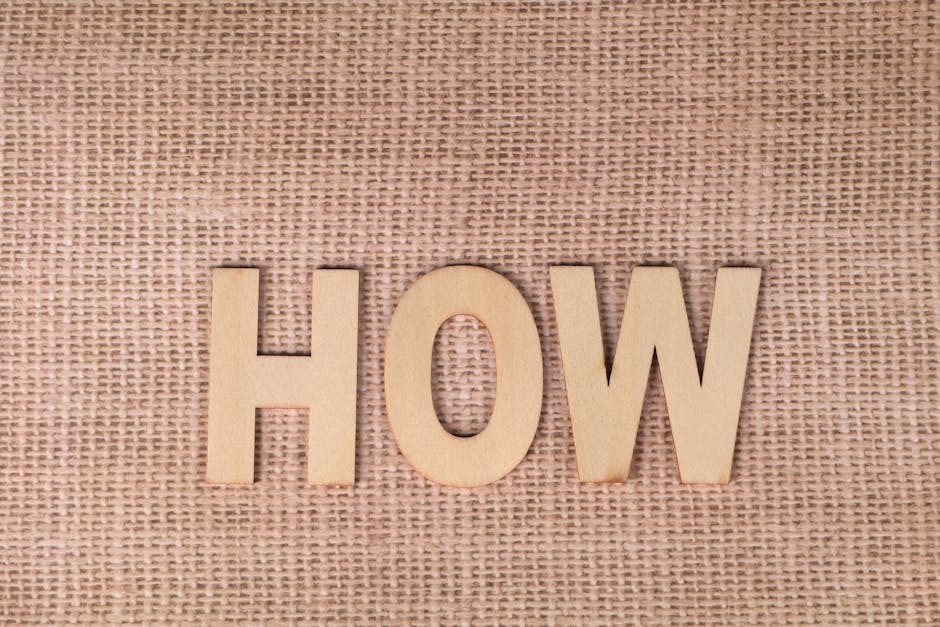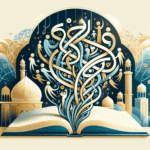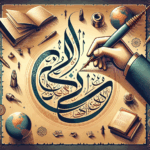How to Use the Arabic Alphabet Flash Cards for Effective Learning 📚
Learning a new language can be an exciting journey, and when it comes to Arabic, mastering the alphabet is a crucial first step. Flash cards, a tried and true method, can make this process engaging and effective. In this blog post, we’ll explore how to use Arabic alphabet flash cards to boost your learning experience. Let’s dive in!
Table of Contents
1. Introduction to Arabic Alphabet Flash Cards
2. Benefits of Using Flash Cards for Language Learning
3. Steps to Effectively Use Arabic Alphabet Flash Cards
4. Tips for Maximizing Your Learning with Flash Cards
5. Conclusion
6. FAQs
Introduction to Arabic Alphabet Flash Cards 🔠
The Arabic alphabet consists of 28 letters, each with a unique shape and sound. Flash cards can be a powerful tool in helping you memorize these letters, their pronunciations, and their various forms. Whether you’re a beginner or looking to refine your skills, flash cards offer a flexible and interactive way to engage with the language.
Benefits of Using Flash Cards for Language Learning 🌟
Flash cards provide several benefits for language learners:
1. **Active Recall**: They encourage active engagement with the material, which enhances memory retention.
2. **Spaced Repetition**: Regular review sessions help reinforce knowledge and prevent forgetting.
3. **Portability**: Flash cards can be used anywhere, making it easy to practice at home, on the bus, or during a break at work.
4. **Interactive Learning**: The tactile nature of flash cards adds a kinesthetic element to your learning, which can improve retention.
Steps to Effectively Use Arabic Alphabet Flash Cards 📖
1. **Start with Familiarization**: Begin by sorting through the flash cards to get acquainted with each letter and its sound.
2. **Daily Practice**: Dedicate a few minutes each day to review the flash cards. Consistency is key.
3. **Mix It Up**: Shuffle the cards regularly to challenge your recall and prevent memorization based on order.
4. **Use Visual and Audio Aids**: Pair each card with a visual image or audio pronunciation to reinforce learning through multiple senses.
Tips for Maximizing Your Learning with Flash Cards 💡
– **Set Clear Goals**: Define what you want to achieve with your flash card sessions, whether it’s mastering the alphabet or improving pronunciation.
– **Incorporate Games**: Make learning fun by turning your flash card practice into a game, like matching letters with their sounds or forming simple words.
– **Track Your Progress**: Keep a journal or chart to monitor your progress and celebrate small victories along the way.
– **Join a Study Group**: Sharing the learning experience with others can provide motivation and additional insights.
Conclusion 🎯
Arabic alphabet flash cards are a versatile tool that can greatly enhance your language learning journey. By incorporating them into your daily routine, setting clear goals, and keeping your practice engaging, you’ll be well on your way to mastering the Arabic alphabet. Happy learning!
FAQs 🤔
1. How often should I practice with the flash cards?
Aim for at least 10-15 minutes daily to build and reinforce your knowledge effectively.
2. Can flash cards help with pronunciation as well?
Yes, flash cards can be paired with audio aids to help you learn the correct pronunciation of each letter.
3. What are some creative ways to use flash cards?
Try using them in games, group study sessions, or as part of a memory challenge to keep learning fun and dynamic.
4. Are there digital alternatives to physical flash cards?
Absolutely! There are many apps and online resources that provide digital flash card experiences with interactive features.
5. Is it important to learn the Arabic alphabet before diving into words and sentences?
Yes, understanding the alphabet is foundational for forming words and comprehending the language’s structure.
Using this guide, you’re now equipped to make the most out of your Arabic alphabet flash cards. Enjoy your linguistic adventure! 🌍✈️






